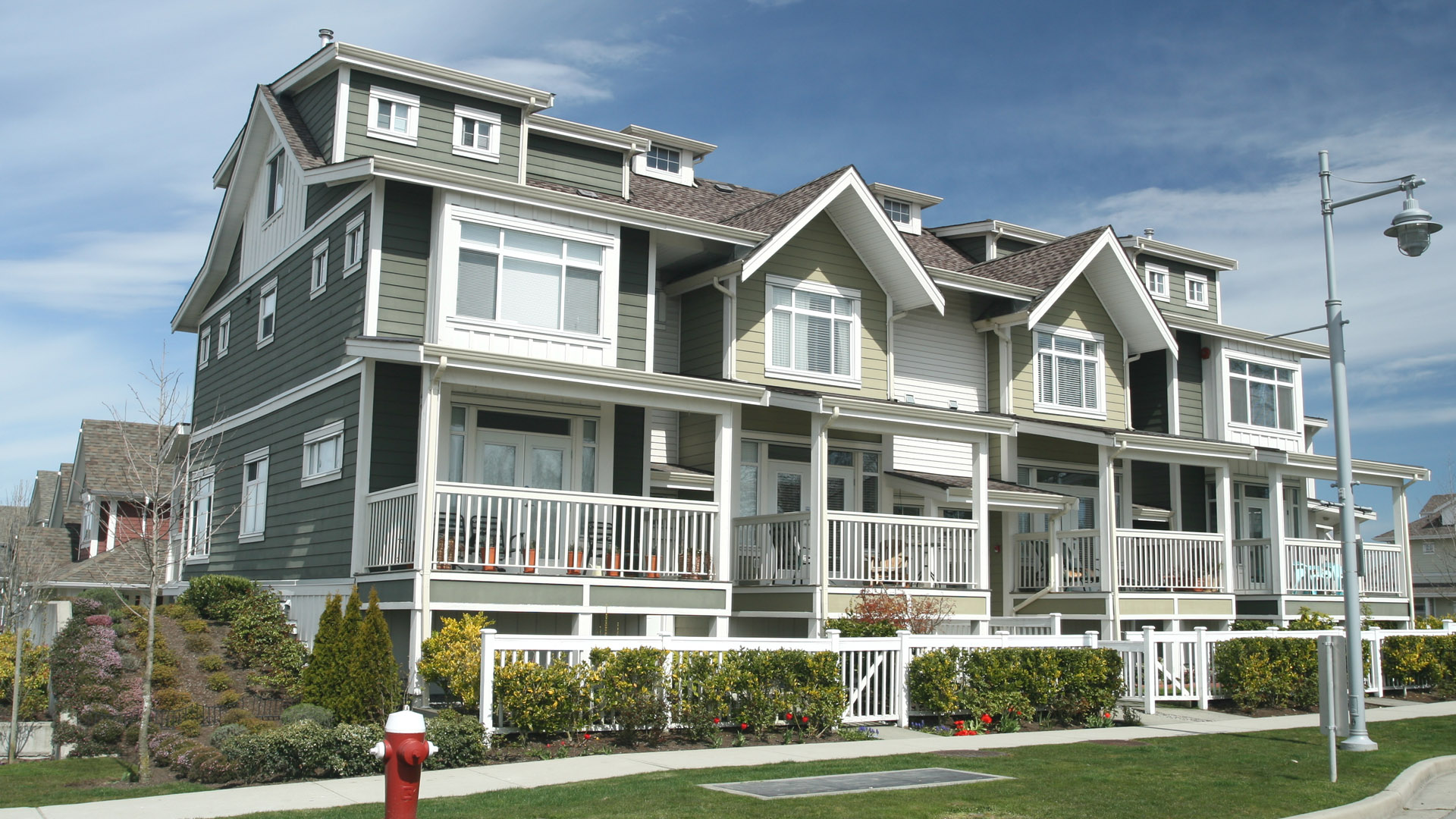3 Reasons to Invest in Multi-family Real Estate
Real estate can be an alternative for those unable to withstand the volatility of the stock market. It is also a better investment for investors who wish to take an active role in growing their capital, rather than passively putting their money into a fund managed by someone else. One of the beautiful things about real estate investing is that there is more than one strategy that can be successfully used.
For example, real estate investing moguls Donald Bren and Zhang Xin both built their billion-dollar fortunes by developing various residential and commercial properties. On the other hand, Equity Residential founder Sam Zell created his wealth by slowly acquiring an income-producing portfolio of rental properties.
Other real estate investors have also made millions of dollars from house flipping or purchasing properties that are in disrepair for cents on the dollar and renovating them to later sell them to a new owner.
Key Takeaways
Owning rental real estate can be a smart way to diversify your investment portfolio and generate a steady income.
A multi-family property can multiply your income with only incremental added cost.
Multi-family rentals are typically easier to finance compound returns more quickly and tend to benefit from economies of scale.
Investing in Multifamily Properties
Rental property investing is the preferred investment strategy for investors who want an additional source of monthly income along with a slow but steady appreciation in the value of their portfolio. When it comes to residential real estate, there are two main types of properties that one can invest in: single-family and multifamily.
As the name implies, single-family properties are residential buildings with only one available unit to rent, while multi-family properties, also commonly known as apartment complexes, are buildings with more than one rentable space. While there are fewer barriers to entry when building a portfolio of small homes, there are several advantages to investing in large residential complexes. Here are three reasons to consider investing in multifamily real estate as opposed to single-unit rental properties.
1. More Expensive, but a Lot Easier to Finance
In most cases, if not all, the cost to acquire an apartment building will be significantly higher than the cost to purchase a single-family home as an investment. A one-unit rental could cost an investor as little as $30,000 while the cost of a multi-family building can go well up in the millions.
At first sight, it might seem as though securing a loan for a single-family property would be a lot easier than trying to raise money for a million-dollar complex, but the truth is that a multi-family property is more likely to be approved by a bank for a loan than the average home.
That’s because multi-family real estate consistently generates a strong cash flow every month. This remains the case even if a property has a handful of vacancies or a couple of tenants who are late with their rent payments. If a tenant, for example, moves out of a single-family home, that property would become 100% vacant.
On the other hand, a ten unit property with one vacancy would only be 10% unoccupied. As a result, the likelihood of a foreclosure on an apartment building is not as high as a single-family rental. All of this equates to a less risky investment for a lending institution and can also result in a more competitive interest rate for the property owner.
2. Growing a Portfolio Takes Less Time
Multi-family real estate is also very suitable for property investors who wish to build a relatively large portfolio of rental units. Acquiring a 20 unit apartment building is a lot easier and much more time-efficient than purchasing 20 different single-family homes.
With the latter option, one would need to work back and forth with 20 different sellers, and conduct inspections on 20 houses that are each located at a different address.
Additionally, in some cases, this route would also require an investor to open 20 separate loans for each property. All of this headache could be avoided by simply purchasing one property with 20 units.
3. You're in a Position in which Property Management Makes Financial Sense
Some real estate investors do not enjoy the actual management of their properties, and instead, hire a property management company to handle the day-to-day operations of their rentals. A property manager is typically paid a percentage of the monthly income that a property generates, and their duties might include finding and screening tenants, collecting rent payments, handling evictions, and maintaining the property.
Many investors who own one or two single-family homes do not have the luxury of contracting an external manager because it would not be a financially sound decision due to their small portfolio. The amount of money that multi-family properties produce each month give their owners room to take advantage of property management services without the need to significantly cut into their margins.
The Bottom Line
Much like stocks, real estate investing allows for one to be successful through several different strategies. One of the most popular ways to invest in real estate is to own a collection of rental properties. Properties that only have one residential rental unit are commonly referred to as single-family properties, while apartment complexes that have multiple rental units are known as multi-family properties.
There are many advantages to owning multi-family real estate. These include access to easier and better financing opportunities, the ability to quickly grow one's rental property portfolio, and the luxury of hiring a property manager.

